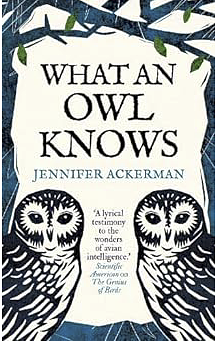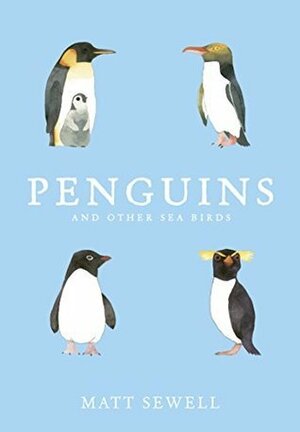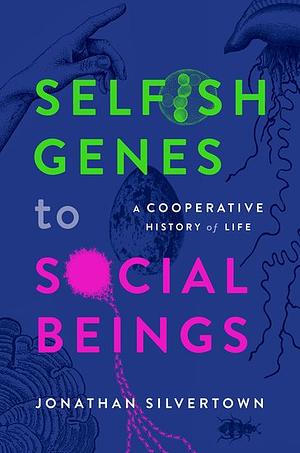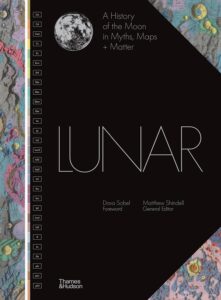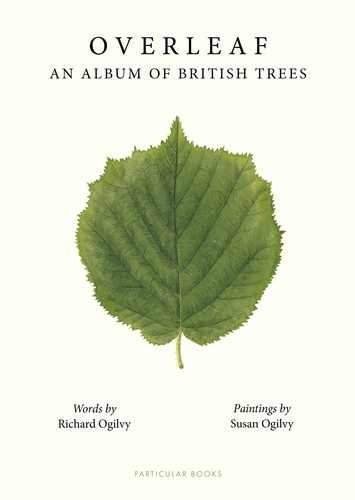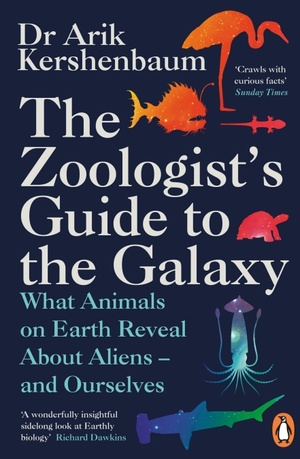
Sing Like Fish: How Sound Rules Life Under Water
by Amorina Kingdon
Genres: Non-fiction, SciencePages: 324
Rating:

Synopsis:A captivating exploration of how underwater animals tap into sound to survive, and a clarion call for humans to address the ways we invade these critical soundscapes—from an award-winning science writer
For centuries, humans ignored sound in the “silent world” of the ocean, assuming that what we couldn’t perceive, didn’t exist. But we couldn’t have been more wrong. Marine scientists now have the technology to record and study the complex interplay of the myriad sounds in the sea. Finally, we can trace how sounds travel with the currents, bounce from the seafloor and surface, bend with the temperature and even saltiness; how sounds help marine life survive; and how human noise can transform entire marine ecosystems.
In Sing Like Fish, award-winning science journalist Amorina Kingdon synthesizes historical discoveries with the latest scientific research in a clear and compelling portrait of this sonic undersea world. From plainfin midshipman fish, whose swim-bladder drumming is loud enough to keep houseboat-dwellers awake, to the syntax of whalesong; from the deafening crackle of snapping shrimp, to the seismic resonance of underwater earthquakes and volcanoes; sound plays a vital role in feeding, mating, parenting, navigating, and warning—even in animals that we never suspected of acoustic ability.
Meanwhile, we jump in our motorboats and cruise ships, oblivious to the impact below us. Our lifestyle is fueled by oil in growling tankers and furnished by goods that travel in massive container ships. Our seas echo with human-made sound, but we are just learning of the repercussions of anthropogenic noise on the marine world’s delicate acoustic ecosystems—masking mating calls, chasing animals from their food, and even wounding creatures, from plankton to lobsters.
Amorina Kingdon’s Sing Like Fish is all about the world of sound underwater. At one point humans dubbed it stuff like “the silent kingdom” and stuff like that because we can’t hear well underwater, but in fact lots of fish, marine invertebrates and marine mammals make noises — a lot of them! Whalesong is well known now, but it isn’t the only thing. There are fish that drum their swim bladder to attract a mate, fish who fart (literally expel air from their anuses) to communicate, and of course, use sound to navigate.
Unsurprisingly, pretty much any purpose for sound you can imagine from our lives is also served in the ocean, perhaps through some slightly different physics.
And of course the sounds we make are impacting the ocean. Sometimes that means our installations in the seabed are actually attracting creatures, and sometimes it means that the sounds are actively snapping the cilia involved in hearing and leading to deafened, unbalanced lobsters whose lives are drastically shortened by their injuries.
Kingdon discusses all of this and how we can ameliorate some of it, highlighting things we need to pay attention to for the health of the planet. Like me, you probably didn’t know that sound can harm plankton, but… yep, it can.
Mostly though it’s full of wonder about this world of sound we don’t always understand or know how to investigate. I found it really interesting.
Rating: 4/5

